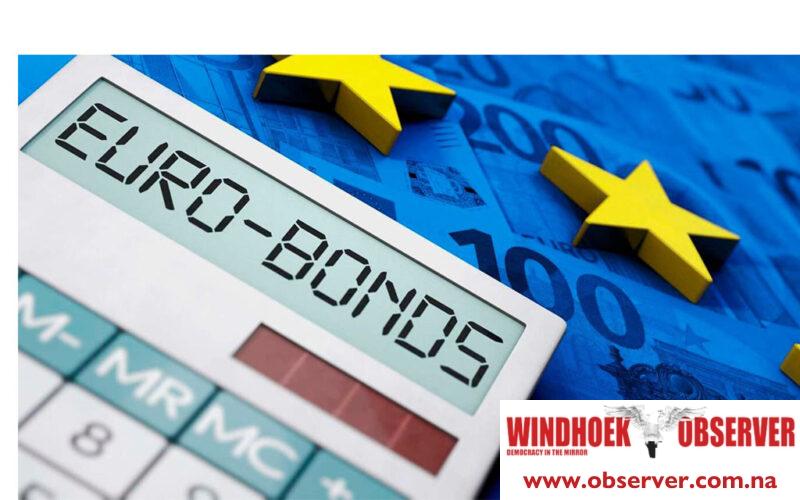CHAMWE KAIRA
Moody’s Investment Services expect the government to meet the upcoming Eurobond maturity without significantly drawing down the economy’s foreign reserves, including by partially refinancing the bond in international capital market by resorting to a debt-for-asset swap operation with the Government Institutions Pension Fund (GIPF) akin to the transaction performed with the US$500 million in November 2021 Eurobond maturity in the face of disrupted international capital markets.
The stock of international reserves stood higher at N$55,6 billion as at 31 May, up from N$54,3 billion on 31 March supported by higher SACU receipts.
According to a document shared with Observer Money by Moody’s, government liquidity risk (GLR) is driven by comparatively large gross financing needs at about 20% of GDP annually, including a temporary jump to over 25% of GDP in fiscal 2025 reflecting the upcoming US$750 million (5% of GDP) Eurobond maturity on 29 November 2025. Namibia’s government liquidity risk is mitigated by the large domestic funding base, including the banking and non-bank financial sector comprising insurance companies and pension funds. Rollover risk is also being reduced by the gradual lengthening of the
Moody’s noted that the banking system risk at captures the large size of the banking system at almost 90% of GDP and the high degree of foreign ownership which mitigates the potential for contingent liabilities accruing to the government’s balance sheet in case of a systemic crisis.
It said Namibia’s external vulnerability risk reflect the adequate levels of reserves as a backstop for a renewed expansion in the current account deficit to 15% of GDP in 2023. In contrast with previous instances of similarly large savings/investment imbalances in 2015/16, the current account deficit is fully funded by FDI, thereby mitigating external vulnerability risk. We expect reserve coverage to remain above four months of imports.
Moody’s added that Namibia’s credit profile captures improved growth prospects supported by potentially significant new hydrocarbon and renewable energy resource developments over the
remainder of this decade that could prove transformational for the economy, and support a sustained shift to primary surpluses.
“The government’s relatively high debt burden and elevated cost of debt compared to higher-rated peers, in addition to its comparatively large gross financing needs, represent credit challenges.”
Namibia recently rated Namibia at B1 positive saying the positive outlook reflects Namibia’s improved growth prospects supported by the prospect of significant new hydrocarbon and renewable energy resource developments over the remainder of this decade that could prove transformational for the economy.
Namibia’s real GDP expanded by 4,2% in 2023 from 5,4% in 2022 and 3,6% in 2021. Looking forward, Moody’s expect real GDP growth to converge toward 3-3.5% compared to about 2.5% previously.
Namibia’s improved growth prospects over the rest of this decade reflect not only a strong cyclical recovery in the traditional mining sector and higher commodity prices in a post-pandemic environment, but also the rapid development of new industries.
“These include promising oil and gas developments, in addition to foreign-funded investments in the renewable energy sector which could have a potentially transformative impact on the Namibian economy over the next decade.”




